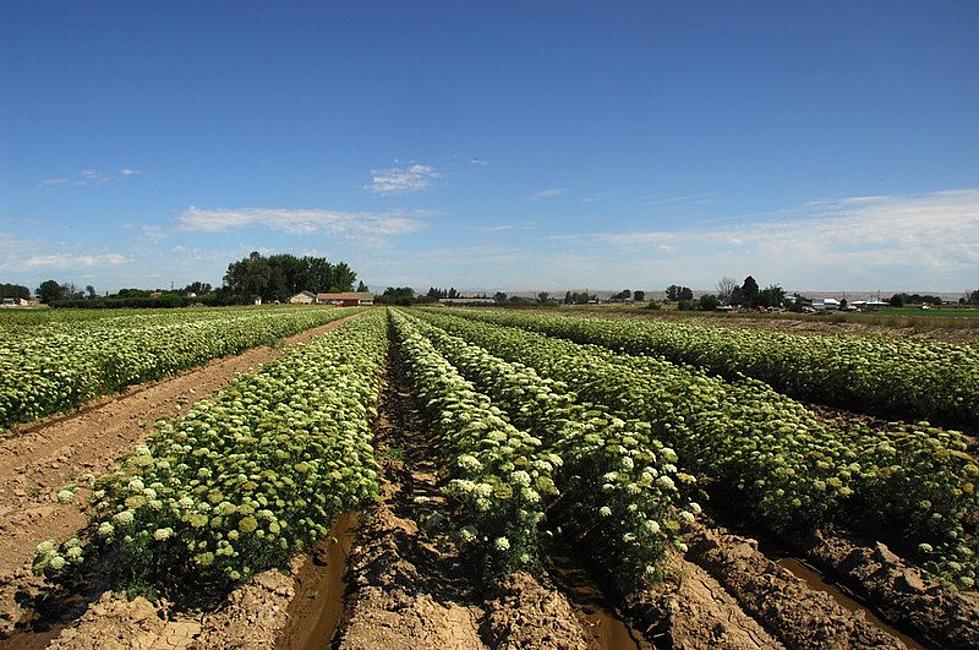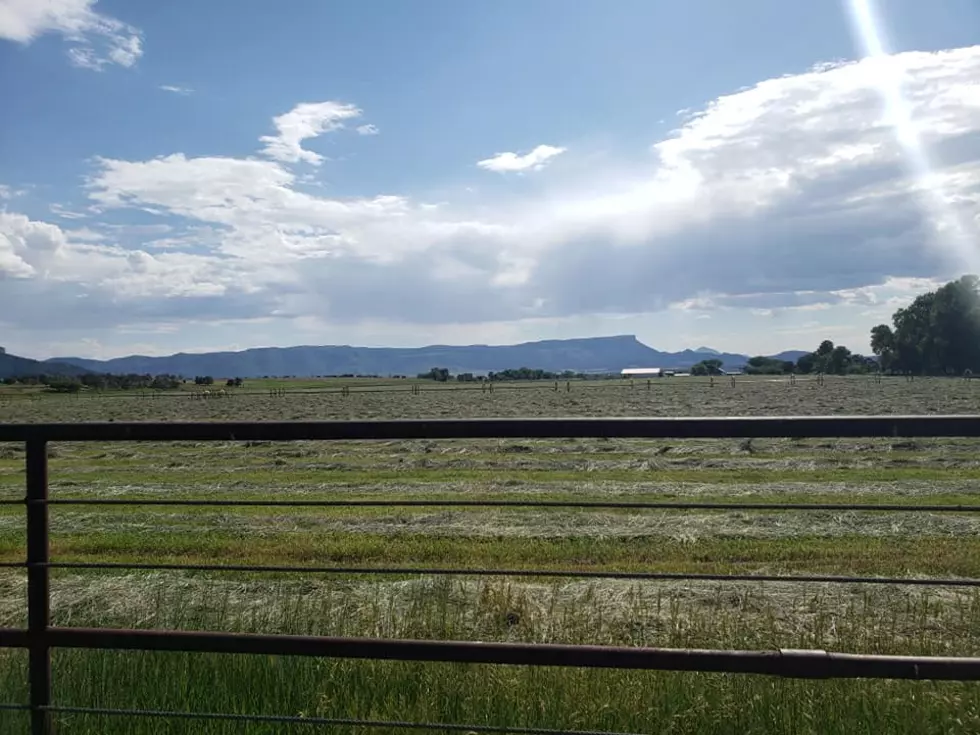
Practice Safe Harvesting of Garden Crop
It’s harvest time for many home gardeners around the Northwest and the excitement of plucking your tomato, corn, or whatever you grew is an exciting time.
Jeanne Brandt, a family and community health expert with Oregon State University Extension Service said a lot of people don’t think about their gardening practices and how that might impact food safety for you and anyone you share your bounty with.
“People don’t think about it being food when it’s out there in the dirt. Somehow it magically becomes food when you bring it in the house. At that point, you need to know its history.”
That includes things like what was planted in that area prior to your garden, or did you use potable water, did you use clean tools or different tools for the soil and harvesting.
Brandt said there are so many things gardeners can do for food safety, but much of the steps fall under the same umbrella.
“Peels of most produce are a little bit absorbent and really difficult to sanitize, so if you can keep it clean, keep pathogens from getting on it, that’s really the best bet.”
Brandt said it’s important to be thoughtful and mindful about reducing risks in your garden food.
Brandt's Complete List of Tips:
- Attempt to find out how your garden site was used before you planted. Is there a parking lot nearby or a pasture that may run-off into your garden? Is there lead in the soil from old paint? Is it under an eave where moss killer is used? Consider bringing in soil or using raised beds if you think the existing soil has been contaminated.
- Use potable water if possible. Runkel points out that municipal water has practically no risk of carrying pathogens. Surface water has the highest risk. Well water – which should be tested once a year – falls in between. If using surface water, make sure it doesn’t come in contact with the edible portion of the plant; use a drip irrigation system and don’t use overhead sprinklers, especially close to harvest time.
- Wash hands and tools between working in the soil and harvesting.
- Use separate clippers and gloves for harvesting and working in the soil.
- Don’t use dirty wheelbarrows, buckets or other containers for harvesting. Wicker baskets may seem like a good choice, but they have lots of nooks and crannies for pathogens to hunker down. Instead, keep a clean container just for harvest.
- Keep animals out of the garden. Though this may be a struggle, it’s important to eliminate feces. For small wildlife, clear debris from around the edge of the garden where they can hide. If possible, build a fence. Some gardeners have luck deterring cats with chicken wire laid just under the soil to thwart their attempts to scratch and eliminate. Discourage dogs from following you into the garden. There are repellents or motion-activated sprinklers you can buy at the garden center or home improvement store.
- If you make your own compost, the core temperature must be maintained between 131 and 170 degrees for at least 15 days, turning the pile five times, in order to kill pathogens. Bagged or commercial compost has been heat treated and is considered safe. Recommendations are to apply raw manure or untreated compost 90 days before harvest for crops that don’t come in contact with the soil and 120 days for crops that do. If kitchen scraps are included in the compost pile, rats, raccoons and other wildlife will arrive for a meal. Barrel composters are good for keeping animals out.
- Don’t let chickens into the garden. Chicken manure is a great soil amendment, but like compost, must sit for 90 to 120 days before applying. Change or wash boots when going from the chicken coop to the garden.
- Clean produce with cool, running water once you’ve brought it inside. Soaking vegetables in the sink increases the chance of cross contamination and hot water and soap are not necessary.
- Bring as little soil as possible into the house.
If you have a story idea for the Washington Ag Network, call (509) 547-1618, or e-mail krounce@cherrycreekradio.com.
More From PNW Ag Network









